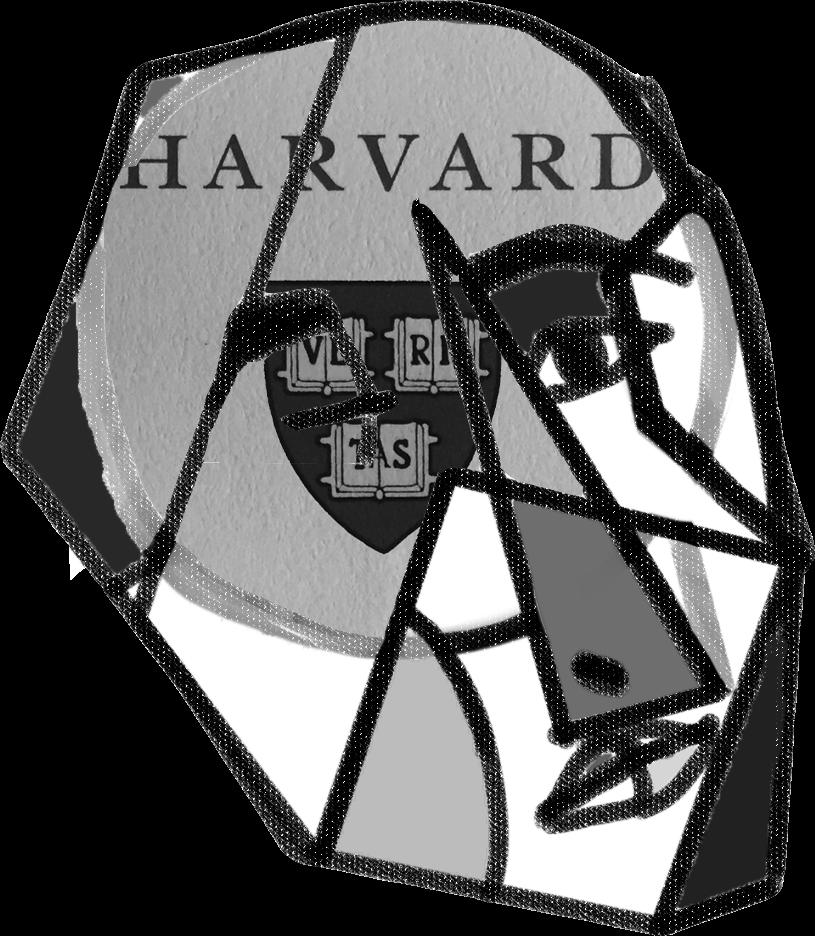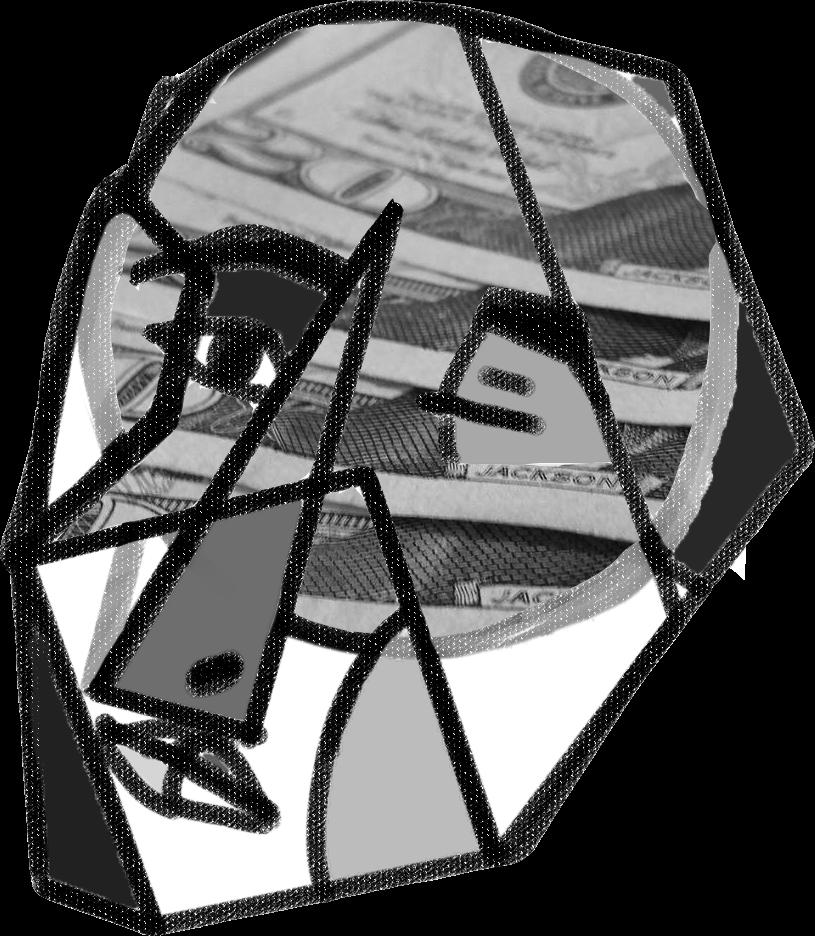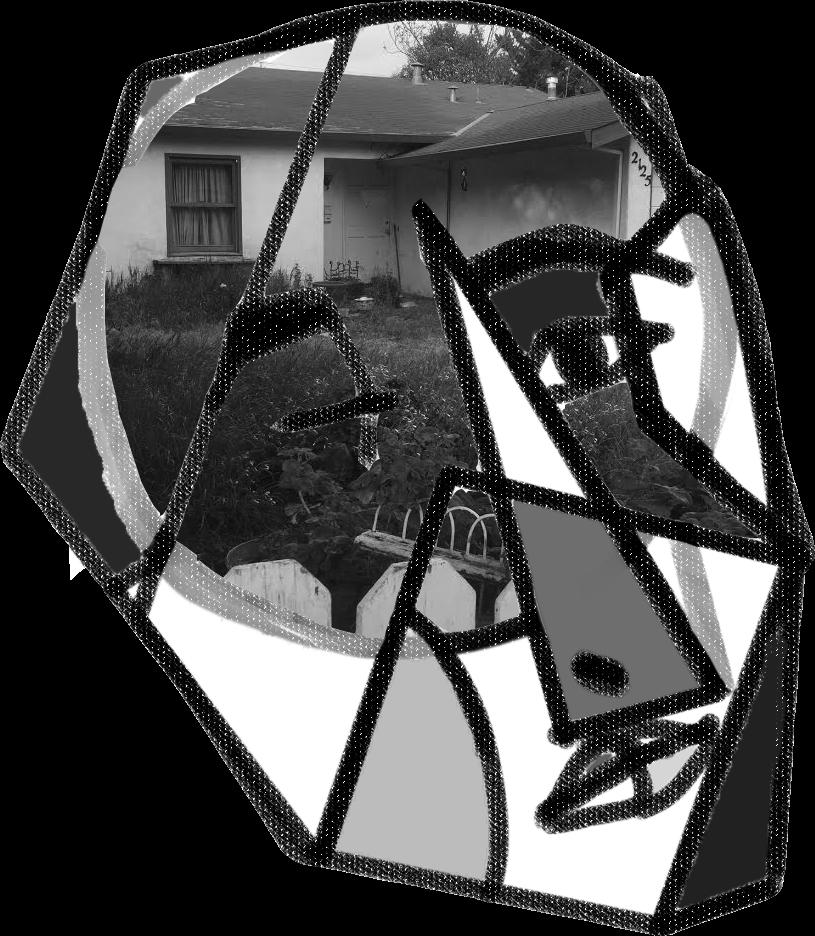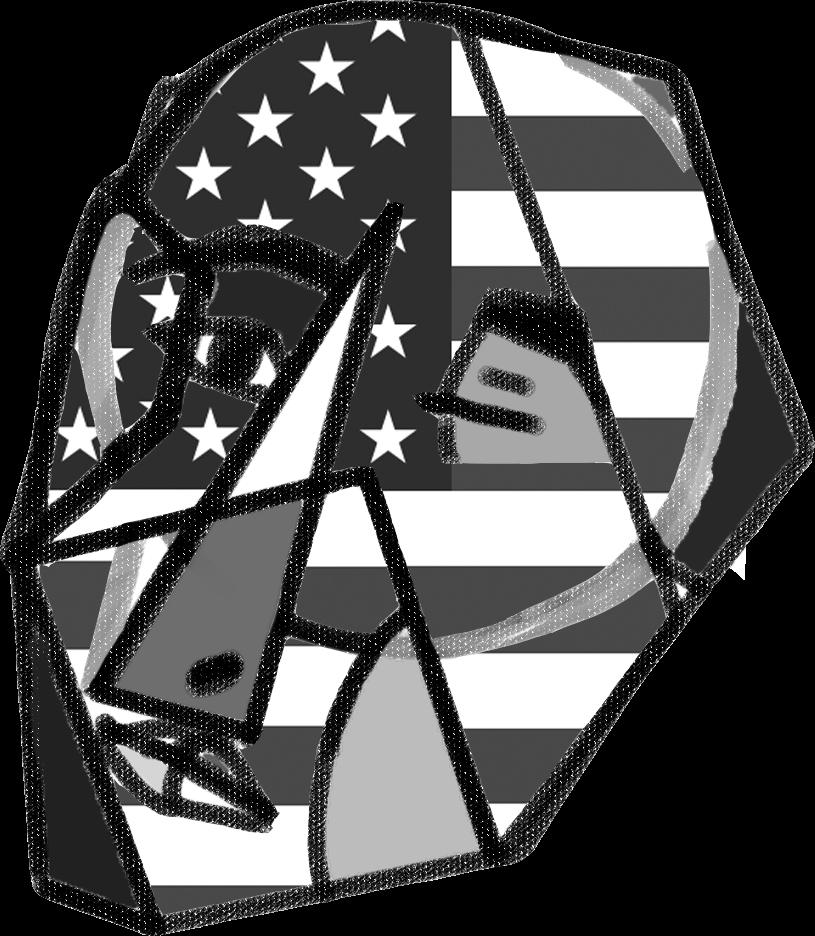When I was small and more naive, I considered myself a full-blooded American. I was an American citizen in Palo Alto, I spoke like an American (I couldn’t speak Hindi to save my life) and I had only been back to India about three times before. That made me an American, right?
The answer was hard to find. In kindergarten, I was placed in an English as a Second Language class because my mother put down Hindi as the language that I spoke at home (even though I only spoke a few words, not fluent sentences), and nobody bothered to ask if I needed the ESL class or not. A couple of times when I was young, my next door neighbor yelled racial epithets at my family, telling us we needed to go back “home.” I was teased by children in India for my accent but I was not accepted in America either.

First slowly and then all at once, I realized that I was an Asian-American — emphasis on the Asian — and not only an Asian-American, but a member of a “model minority.” The term model minority describes an ethnic minority that, in the context of the nation they live in, has achieved a higher degree of socioeconomic success compared to that of the average population. This idealistic name masked all of the experiences that had peppered my childhood. It seemed to make the perception of my heritage simpler and less heady, when in fact that was quite the opposite. The phrase “model minority” is a poisonous one, stereotyping a successful group of people to the point where they are expected, above all else, to succeed.
As a member of the model minority, I was expected not just to “do well” in school and life, but to be absolutely outstanding. I not only had to live up to the expectations around academic and social lives that every person faces in a community like Palo Alto, but also to the more subtle expectation from my society, the society that requested I succeed because I am an Asian-American.
The concept of a model minority is a widespread one — it can be used to describe minority groups in many Western countries where there are large immigrant populations. In its original definition, the phrase “model minority” seems to be a flattering one. Who wouldn’t want to be an affluent person in a country that’s not your own, to destroy the stereotypes that surround people of color and beat the natives at their own game?
 The answer is, everybody and nobody. The median income for Asian-Americans is $66,000 versus a median income of $49,800 for the general American public according to the Pew Research Center. Asian-Americans also hold the most undergraduate or graduate degrees. The real cherry on top is that Asian-Americans are, by percentage, more happy than the general public, according to Pew. When the statistics speak, it appears that Asian-Americans are flourishing.
The answer is, everybody and nobody. The median income for Asian-Americans is $66,000 versus a median income of $49,800 for the general American public according to the Pew Research Center. Asian-Americans also hold the most undergraduate or graduate degrees. The real cherry on top is that Asian-Americans are, by percentage, more happy than the general public, according to Pew. When the statistics speak, it appears that Asian-Americans are flourishing.
But while Asian-Americans are off being ‘outstanding citizens,’ they are also at the mercy of a system that boils them down to their achievements and their successes, that gives them a pat on the back yet lambasts them for anything too ethnically objectionable, that is too out of line with the American emphasis on achievement and nothing else. It’s American to be successful, but not American to be foreign.
The most prevalent stereotype is that Asian-Americans are more competitive education-wise due to a culture that emphasises virtuosity and success. This classic stance has come to hurt Asians in contemporary times — top-tier universities are now placing quotas on the number of Asian students they can admit to avoid a population that is majority Asian. Research from Princeton University shows that Asians have a 67 percent lower odds of admission at top tier universities than white students do. These tactics led to more than 60 organizations suing Harvard University in 2015, citing their higher expectations for Asian students. For Asian-Americans, the yellow brick road to paradise is not so smooth.

History offers another example of why being a model minority is not so harmless. The current successes of Asian-Americans paint a stark contrast to the historical racism that plagued them before the advent of the model minority stereotype. Many Chinese laborers came stateside from mainland China to work on the transcontinental railroads in the 19th century, and while on U.S. soil, they faced an appalling amount of racial violence. Japanese-American internment still casts a dark shadow over American history. Islamophobia is alive and well after 9/11.
We were first one of the “worst” minorities and now we’re the model minority. American society has changed the public perception of Asian-Americans depending on what is best for America.
There is an array of other problems that arise with the model minority label. While the stereotype of Asian-Americans boasts an educated and affluent population, not all Asians are super smart or economically well off — to assume this is true is to ignore real problems in the Asian-American community and hold people to unrealistic standards. Nine out of 14 Asian groups have a poverty level of 14 percent or higher, according to statistics from the White House Initiative on Asian Americans and Pacific Islanders. The Initiative also stated that Asian-Americans are less likely to graduate with a high school degree than non-Hispanic whites are. The truth is, Asian-Americans are successful in college, but only if they make it to college. Those are facts that fly right in the face of the model minority myth.
Regardless, it will never be OK to assume that a group of people represents a single trait. Asian-Americans can’t be categorized as just smart or successful or advanced — we are so many other things, like vulnerable and imperfect.
As an Asian-American, I am proud of the progress made in a short time. We managed to do well in a country that is not historically known for helping its immigrants achieve. But there is still work to be done. America needs to treat Asian-Americans as people, and stop treating us as an example to others and ourselves for our potential for success. There are still problems in the Asian-American community, and a blanket label doesn’t help repair wounds. It only causes and opens new wounds.



